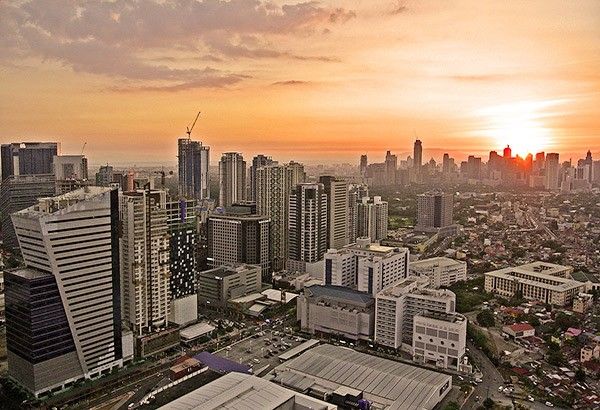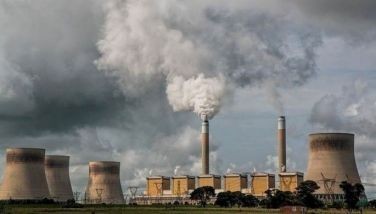World Bank expects Philippine economy to 'maintain' growth in 2018, 2019

MANILA, Philippines — The World Bank expects the Philippine economy to "maintain" its growth rate in 2018 and 2019, adding that the country’s central bank should stay alert and ready to tighten monetary policy settings amid risks of an overheating economy.
In its outlook report released Thursday, the Washington-based lender said that in 2018 and 2019, the economy will likely grow 6.7 percent—flat from the full-year growth rate chalked up in 2017—before moderating to 6.6 percent in 2020.
“The country is expected to benefit from the global recovery during 2018,” the Bank said.
The World Bank’s projections fall below the government’s 7-8 percent target set for this year until the end of President Rodrigo Duterte's six-year term.
The Duterte administration plans to spend more than P8 trillion to upgrade the nation’s dilapidated infrastructure and aging ports—dubbed as the “Build, Build, Build” program—to spur gross domestic product expansion until 2022.
“Any growth above 6.7 percent would require vigorous investment in physical and human capital to push the economy beyond its current potential output,” the lender said.
“Investment growth hinges on the government’s ability to effectively and timely implement the ‘Build, Build, Build’ public investment program,” it added.
The Philippine Statistics Authority also on Thursday revised downward the country’s fourth quarter 2017 GDP to 6.5 percent from 6.6 percent, but annual growth rate was still at 6.7 percent.
Risks
Despite its sanguine forecast for the Philippines, the World Bank said there are “downside risks” to economic prospects, including a faster-than-expected rise in interest rates in advanced economies which could adversely affect capital flows and further weaken the peso.
Consumer prices have been rising following the enactment of a new tax law while the Philippine peso, which has been the worst performing currency in Asia so far, continues to slump against the dollar as the country’s current account deficit widens.
“The monetary authority would need to watch for early overheating signs and if necessary adjust its accommodative monetary policy stance,” the World Bank said.
The lender also stressed that the government should remain mindful of rising budget deficits, as expenditures pick up on the back of rapid infrastructure spending.
Increasing financing costs will become a challenge as well, although it may be cushioned by revenue impact of the ongoing tax reform legislation, the World Bank pointed out.
“The medium-term growth prospects hinge on the sustained pick up in both public and private investment, which is partly dependent on the implementation of the government’s public investment program,” it said.
Meanwhile, the World Bank said the country’s “most pressing challenge” is still the delivery of inclusive growth, but poverty rate based on the lower middle-income class line is projected to decline to 22.9 percent in 2018.
“The pace of poverty reduction might drop slightly in the face of the increase in inflation, but poverty is expected to continue to fall as the economy continues to grow and transition out of agriculture,” it said.
“The sustained overall growth would support the continuous poverty reduction.”
- Latest
- Trending

























